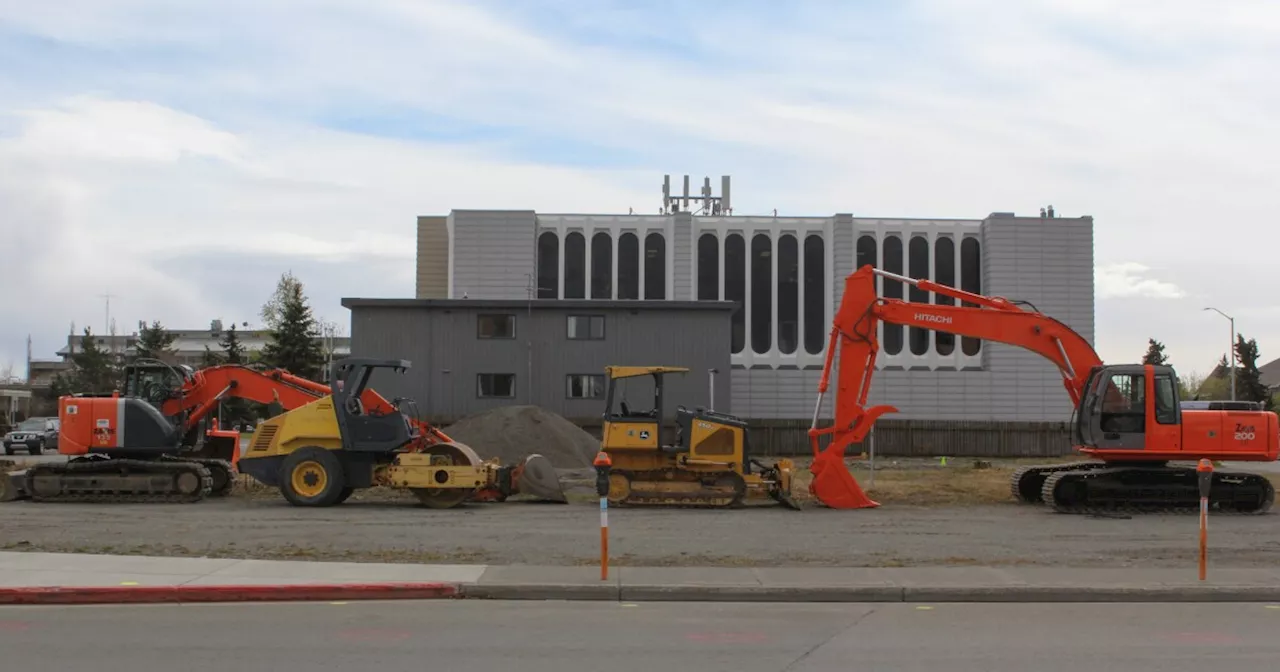The landscape of U.S. oil production is undergoing a significant transformation, pivoting from a decade-long reliance on shale resources to a renewed emphasis on offshore drilling in the Gulf of Mexico. This shift is driven by maturing shale fields, advancements in drilling technology, and supportive federal policies aimed at revitalizing offshore production.
According to the Energy Information Administration, oil output from Gulf of Mexico fields is projected to increase from 1.8 million barrels per day currently to 2.4 million barrels per day by 2027. Similar estimates have been provided by the Bureau of Ocean Energy Management, which highlights the role of streamlined permitting processes and enhanced technological efficiencies as key factors in this growth.
In a demonstration of confidence in the Gulf’s potential, BP has announced a substantial $5 billion investment in the Tiber-Guadalupe project, which is expected to access approximately 350 million barrels of crude oil. This initiative aims to contribute an additional 80,000 barrels per day to BP’s total U.S. output, which the company aims to elevate to over 1 million barrels per day.
BP’s strategic vision is echoed by its recent discovery in the Far South prospect, in partnership with Chevron. An executive highlighted that this finding underscores the Gulf of Mexico’s ongoing potential for growth. Meanwhile, Talos Energy has reported a significant discovery with its Daenerys find, which could yield an estimated 65,000 barrels per day at peak production. Analysts from Wood Mackenzie noted that this discovery is the most significant since Shell’s Whale find in 2017, suggesting further exploration opportunities in the area.
The shift from shale to offshore production can be attributed to the limitations of shale drilling. While the shale boom allowed for rapid production capabilities—wells could be drilled and start producing within months—this speed has resulted in quicker depletion rates. Consequently, shale operators face increasing challenges as they navigate declining well productivity and rising costs, which have led to more cautious investment strategies.
As one industry executive remarked in the Dallas Fed Energy Survey, “We can make money at today’s oil prices. But with costs climbing and politics in play, we’d rather pay dividends than take big risks.” This sentiment reflects a growing concern among shale producers about long-term economic viability in a fluctuating market.
In contrast, offshore drilling is characterized by substantial initial investments, but advancements in technology have made it feasible to explore deeper waters and tap reservoirs that were previously inaccessible. This evolution has led to a potential decrease in breakeven costs for offshore fields, with projections indicating that breakeven could fall to as low as $20 per barrel, significantly lower than the $48 per barrel average for onshore oil.
The Energy Information Administration anticipates that Gulf oil production will reach 1.89 million barrels per day this year, with growth expected to continue, reaching 1.96 million barrels per day by 2026. In contrast, onshore production is expected to grow by only 190,000 barrels per day, marking the slowest growth since 2010, excluding the impact of the COVID-19 pandemic.
Analysts from Energy Aspects believe that increased offshore production could fully offset declines in onshore output, provided favorable federal policies remain in place. The relaxed regulations under the previous administration have facilitated this shift, but a change in political leadership could alter the future landscape of U.S. offshore oil production.
The current trends illustrate a pivotal moment for the U.S. oil industry, as companies pivot their focus from shale to offshore drilling in response to both market dynamics and technological advancements. This transition could play a crucial role in meeting the growing global energy demand while addressing the challenges faced by traditional shale operations.







